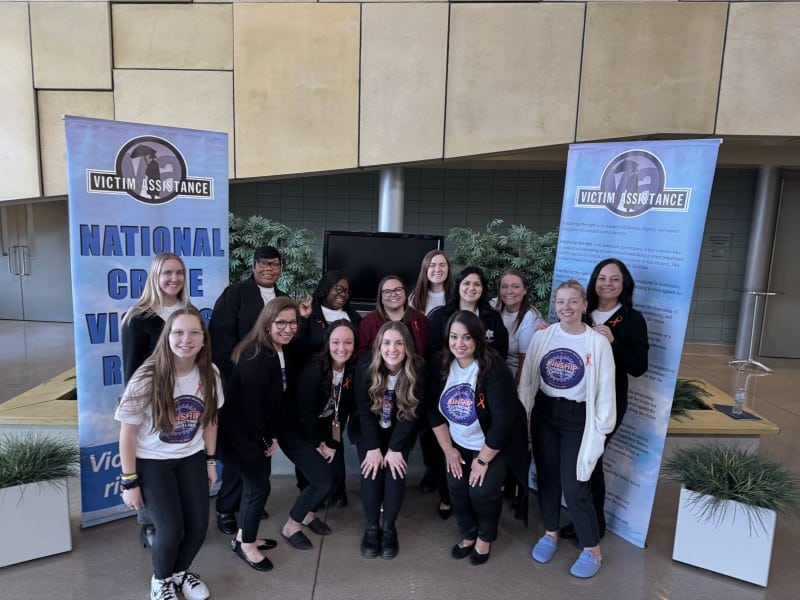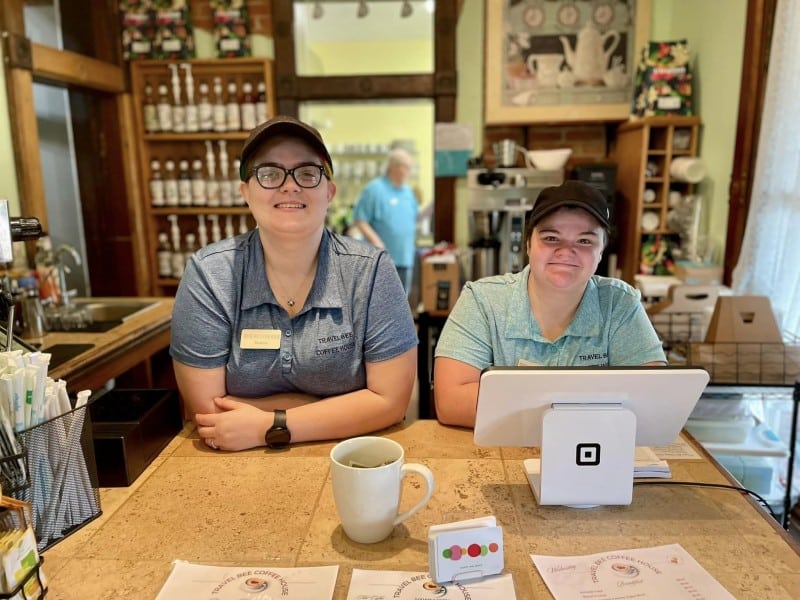Meet Notre Dame’s Shaw Center in Fort Wayne: Where rising research talent works to help families
Step inside a Notre Dame research center in Fort Wayne that’s training top talent and finding data-driven ways to strengthen family relationships.
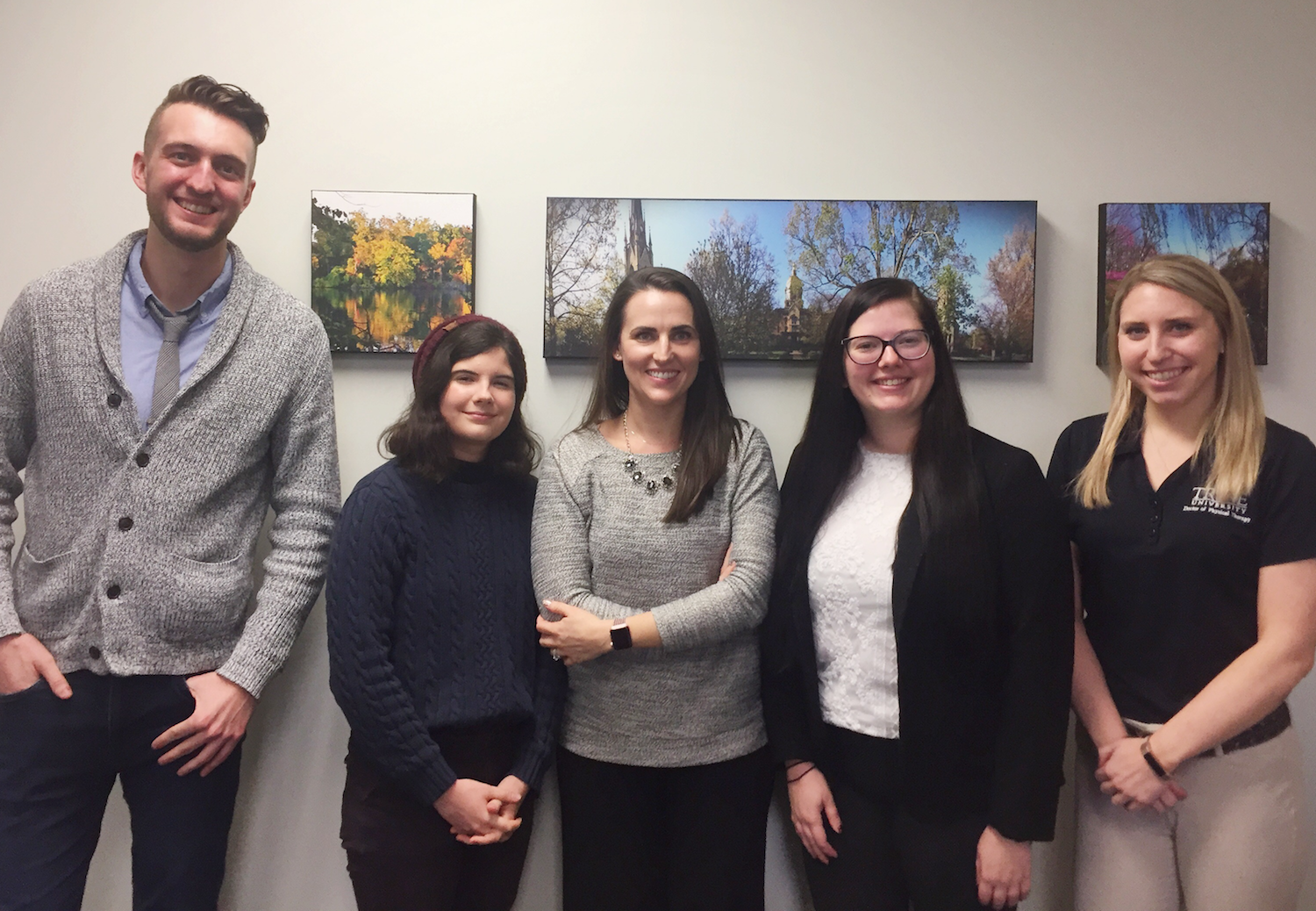
When Chase Fortier graduated from the Chinese University of Hong Kong in May 2019 with his bachelor’s degree in sociology, he knew he wanted to earn his Ph.D. in social psychology as soon as possible.
What he didn’t know was how he was going to make it happen.
To qualify for most Ph.D. programs, he needed to have at least two years of experience at a research lab. But almost all of the labs he found only took volunteers.
“I can’t support myself on ‘volunteer’ pay,” Fortier says, jokingly.
So he moved home to the U.S. live with his parents in Colorado for the summer, and while he was there, he found his answer in Fort Wayne.
Today, at age 23, Fortier works full-time alongside a team of other ambitious 20-somethings at a Notre Dame research center based in the Summit City—one that is finding ways to strengthen family relationships and grow top talent in the city at the same time.
Hidden away in a small office park behind the Kroger at Illinois and Scott roads, the William J. Shaw Center for Children and Families opened in 2017 as the result of a grant from the National Institute of Health to conduct two studies here. One study focuses on the relationships between parents and infants, and another focuses on the caregivers and siblings living with children who have intellectual or developmental disabilities (IDDs).

An extension of the Shaw Center in South Bend, the Fort Wayne Center was added to connect researchers to a larger, more diverse pool of talent and families across northeast Indiana, explains Katie Bergman, Director of the Fort Wayne site.
After earning her masters and Ph.D. at Notre Dame in Developmental Psychology and teaching at the university for a few years, Bergman moved her young family to Fort Wayne about four years ago to open the Shaw Center here.
Today, she manages a team of three staff and about 12 undergraduate and graduate student interns—all of whom are paid for their work and many of whom are transplants to the Fort Wayne region.
“We didn’t know what we were getting into when we first moved to Fort Wayne,” Bergman says. “But it’s been a pleasant surprise.”

Originally from Grand Rapids, Mich., she says her family and team are adjusting well to the new city and are inspired by its growth.
“Fort Wayne reminds me of Grand Rapids 10 or 15 years ago,” Bergman says. “We’ve seen so many restaurants and breweries pop up in the last four years, along with all of the development on the Riverfront and Columbia Street. That’s something that happened in Grand Rapids when I was still there, so it’s been fun to see it happening here now.”

About once a week, Bergman goes to the South Bend campus to coordinate with Notre Dame’s team there. The rest of the time, she and her team are conducting the school’s innovative translational research programs here.
Translational research is a powerful tool, she says, because it also allows researchers to see the direct impact of their findings in a process that takes them from investigation to implementation, studying results, refining, and researching again.

“As opposed to having a separation between basic research and applied research, translational research brings the two together to complement and inform one another,” Bergman explains. “I like the full circle of it; You get to implement programs that become research because you’re learning from your program, adapting it, and repeating the cycle.”
Since the Shaw Center opened in Fort Wayne, it has closed enrollment on its first study about infants, and it’s moving into the fieldwork phase of its second study, known as the SPARC Project (Supporting Parent-Adolescent Relationships and Communication).
The SPARC Project is a 4-week course designed by Bergman and her colleagues at Notre Dame to support the caregivers and siblings of children with IDDs with tools they can use to promote healthy conflict and effective communication in their families.
Bergman’s research at Notre Dame has been heavily focused on family and adolescent relationships from an emotional security theory perspective, she says. This theory explains that children have a set level of security they feel in their families, and how conflict is handled within the family unit can upset that level of security.
As part of the SPARC Project, families receive free information about different types of conflict and how it impacts marital, parent-child, and sibling relationships, as well as tips to resolve conflicts and have more productive conversations.
During the course, researchers at the Shaw Center also code caregivers’ and siblings’ responses to questions to determine what types of programs could best serve their needs in the future, Bergman explains.
The ultimate goal is creating data-driven, cost-effective programs for families that can be replicated and widely distributed.
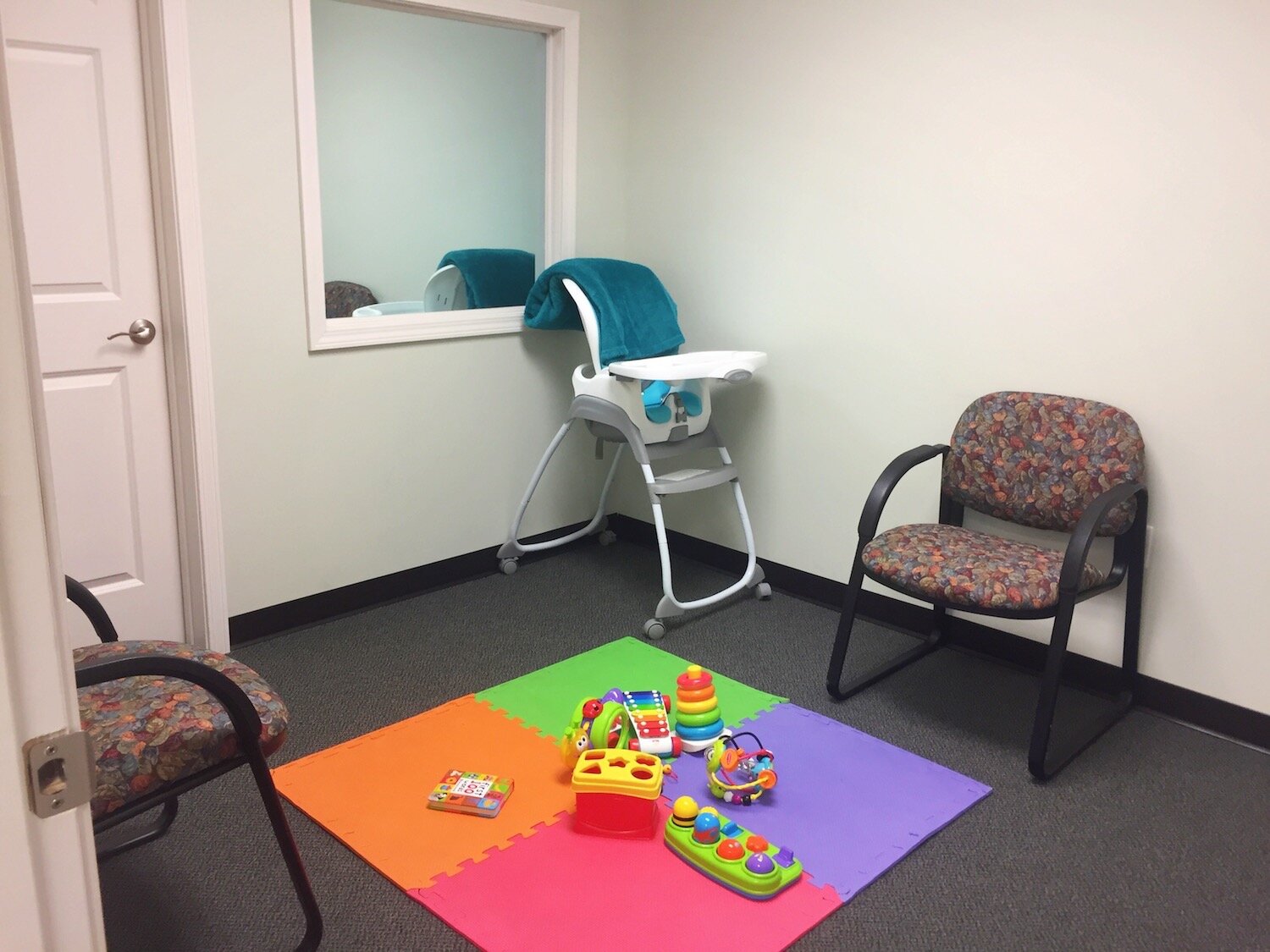
By participating in the study, families can earn up to $370 and get free childcare during course sessions—not to mention get free education on how to better support their loved ones, Bergman says.
More than anything, the Shaw Center’s work is about strengthening Indiana families and finding more innovative ways to meet their needs, which ultimately benefits entire communities.
“The family is such a core, important part of any person’s development, and what happens early on in people’s lives can shape the rest of their lives,” Bergman says. “Our goal is to prevent problems before they happen. The earlier we can do that, the earlier we’re establishing better patterns, and the better the outcome is.”
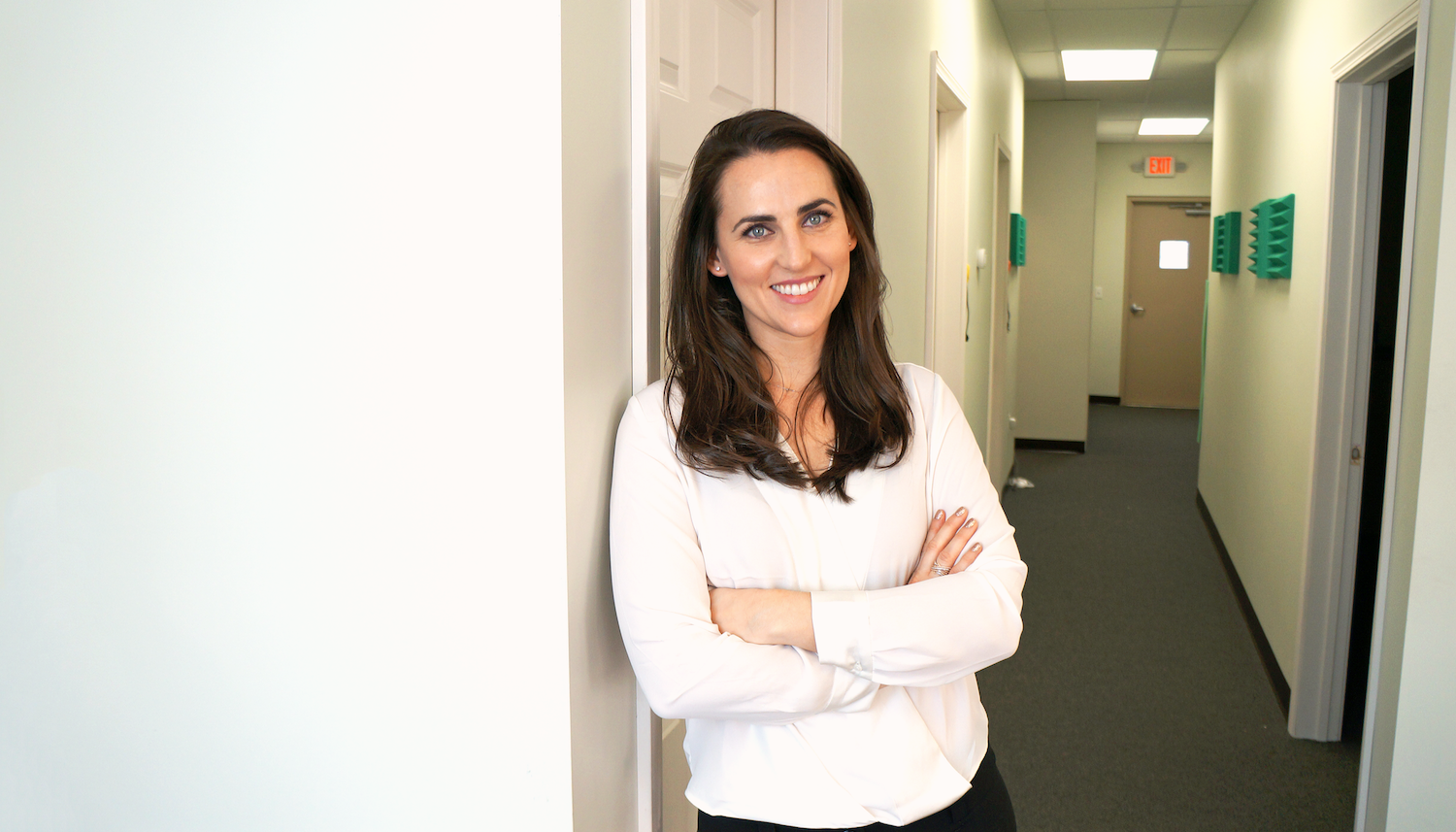
For Bergman, the research is personal, too. She grew up in a family where her mother was the legal guardian for her uncle, who had been deprived of oxygen at birth and was mentally handicapped. Throughout college, she continued to work with people who have developmental disabilities.
While the definition of what is considered an IDD can be broad, ranging from ADHD to autism and Down syndrome, for the purpose of the SPARC Project, Bergman’s team is focusing on conditions that have clear genetic markers and associated IQ levels to determine who qualifies.
Even so, having a broad category of IDDs to work with isn’t necessarily a bad thing, she explains. Actually, for families who have children with less common IDDs, the SPARC Project may be one of the few resources that can help them feel included in a community of support because many other programs are disability-specific, Bergman says.
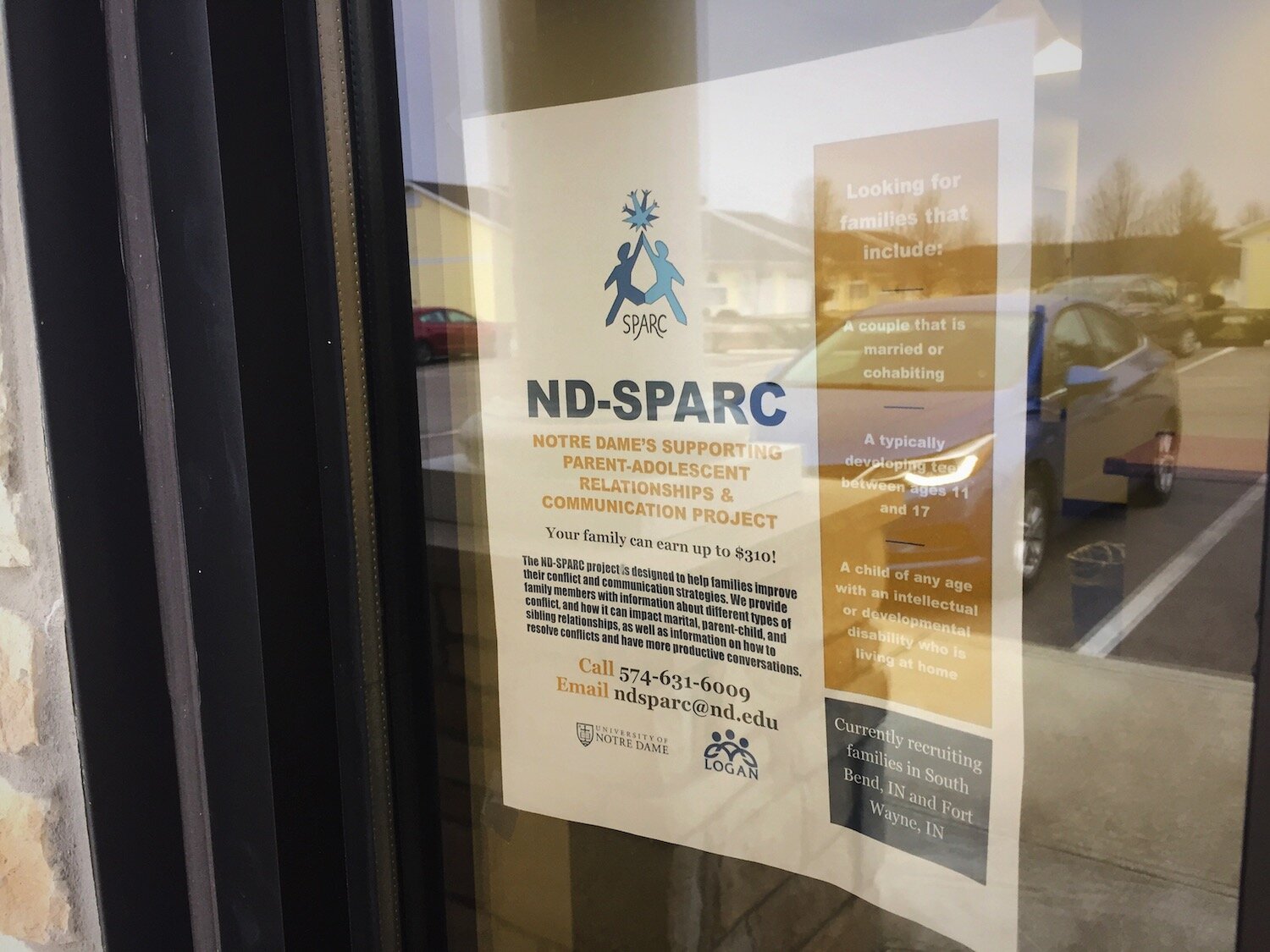
Another differentiating factor of the SPARC Project is that it focuses on the family members who support loved ones with IDDs rather than the individuals who have IDDs themselves.
This allows it to fill a gap in Fort Wayne’s wide-ranging services for people with disabilities and create models that can be implemented by multiple organizations.
“Fort Wayne has a really well-established system of care and a lot of great resources for people with disabilities,” Bergman says. “What we’re doing compliments that rather than competing with it.”

While the Fort Wayne Shaw Center is funded through the completion of its current studies, Bergman would like to keep the Center open beyond these projects to extend its work in the regional community. But it’s all dependent on financial support, she says.
To remain open, the Center will need to secure additional national grants or (ideally) raise buy-in from the Fort Wayne community in the form of endowments and partnerships. If they are able to find funding, the next step will be taking their programs from the Center to what’s called an effectiveness trial, which implements them in the broader community setting.
This could entail training workers at local organizations in Shaw Center programs to use with the families they serve and then following up to see what’s working, Bergman explains.
“We want to be a source of education in the community, giving people an extra tool in their toolbelts to serve families,” she says.

If the Fort Wayne Shaw Center does stay open, it could also provide more paid research positions to staff and interns in the Fort Wayne area, expanding the city’s educational opportunities for rising talent.
The Shaw Center is always accepting applications for interns from undergraduate and graduate students, Bergman says. And as more people earn bachelor’s degrees, unique research opportunities can help students set themselves apart in the job market.
Megan Hanes is a 24-year-old intern at the Shaw Center in her first year of Huntington University’s doctoral program in occupational therapy. She moved to Fort Wayne from Cincinnati, Ohio, where she previously worked as a mental health specialist for children with developmental disabilities at the Cincinnati Children’s Hospital.
Although Hanes has only been interning at the Shaw Center for a few months, she’s excited about the opportunity to expand her studies with a paid research position that focuses on her area of interest: supporting families and children.
“I was looking for a way to connect what I was previously doing in Cincinnati with a job opportunity here that was flexible with my grad school schedule, which is pretty crazy,” Hanes says. “This job has been really helpful to me.”
Learn more
For more information about the Shaw Center’s programs and ongoing work in Fort Wayne, visit its website or email Dr. Katie Bergman at kbergman@nd.edu.


